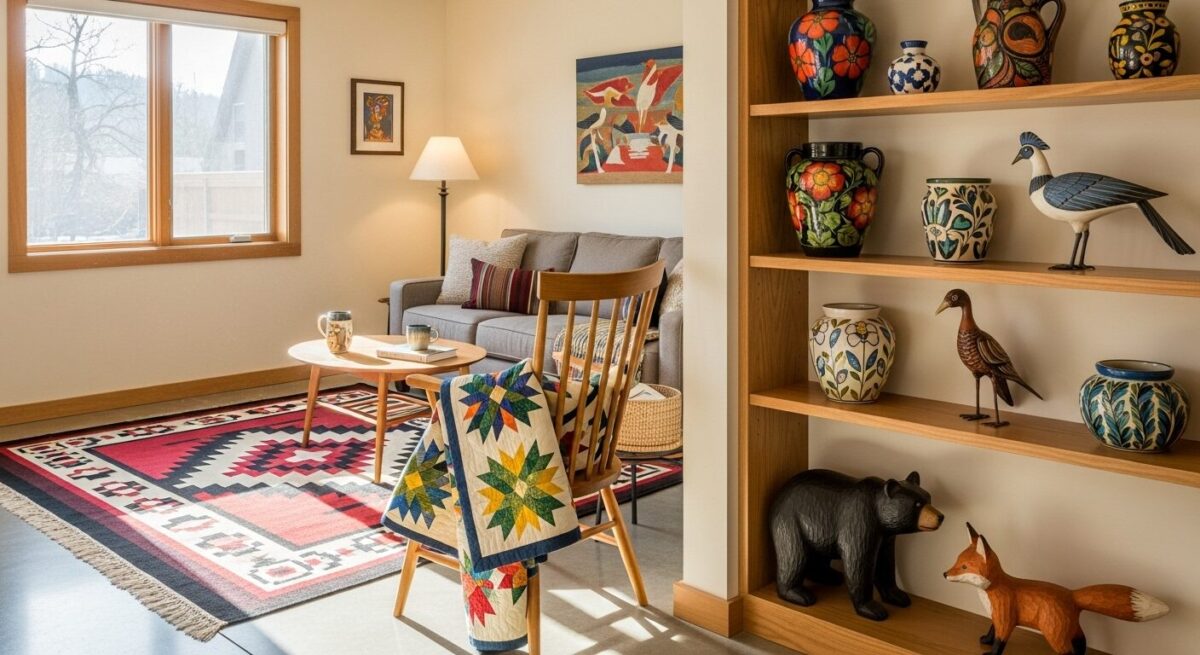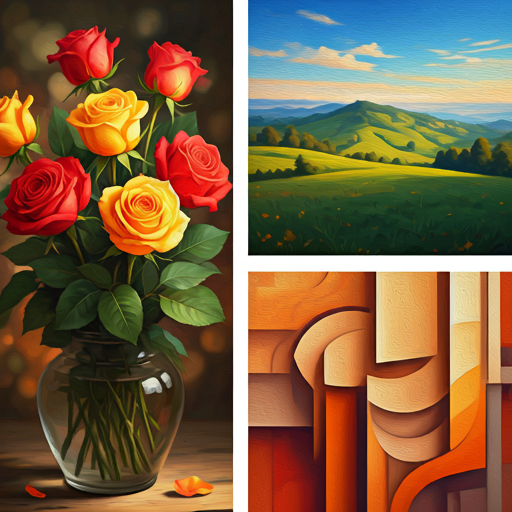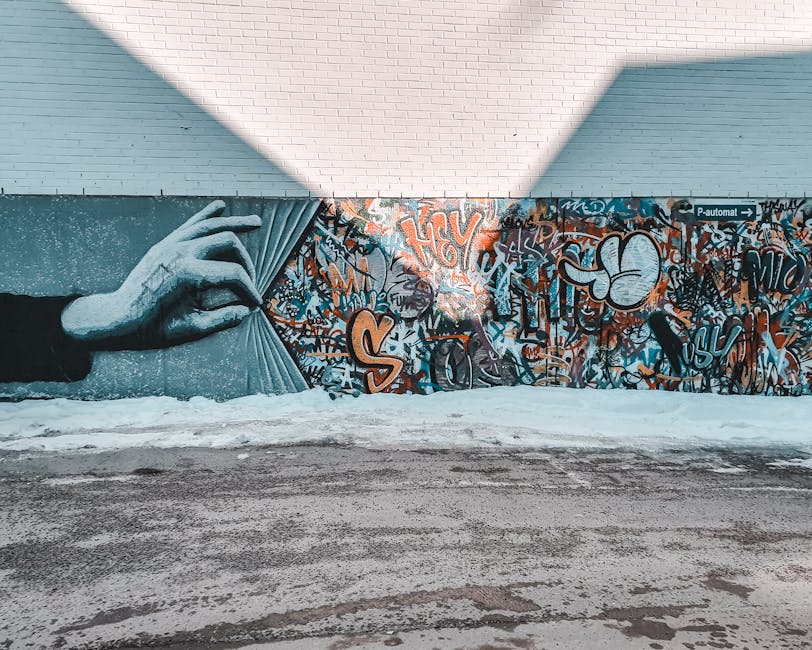Have you ever seen a handmade quilt passed down through generations, a beautifully carved wooden bird, or a colorful mural on the side of a barn? If so, you’ve experienced the magic of folk art. But what is folk art, really? It’s a simple yet profound type of art, often described as “the art of the people.” Unlike the famous masterpieces you see in grand museums, folk art is typically created by everyday people, not formally trained artists. It’s an art form that tells a story, celebrates community, and keeps cultural traditions alive.
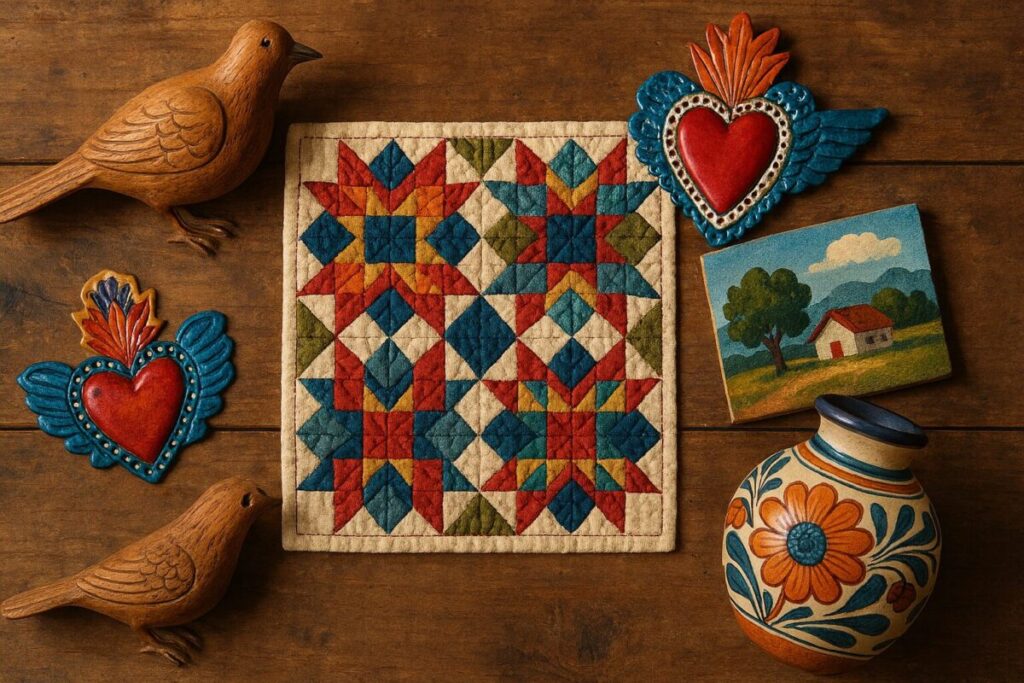
Key Points: What is Folk Art
- Definition: Folk art is art made by individuals who are not professionally trained, often reflecting the traditions and values of a community.
- Characteristics: It is often handmade, decorative, and utilitarian (meaning it has a practical use). The style can be simple or naive, with a focus on storytelling.
- Creators: Folk artists are typically self-taught and learn their skills through apprenticeships or family traditions rather than formal art school.
- Themes: Common themes in folk art include everyday life, religious beliefs, and cultural heritage.
The Heart and Soul of Folk Art
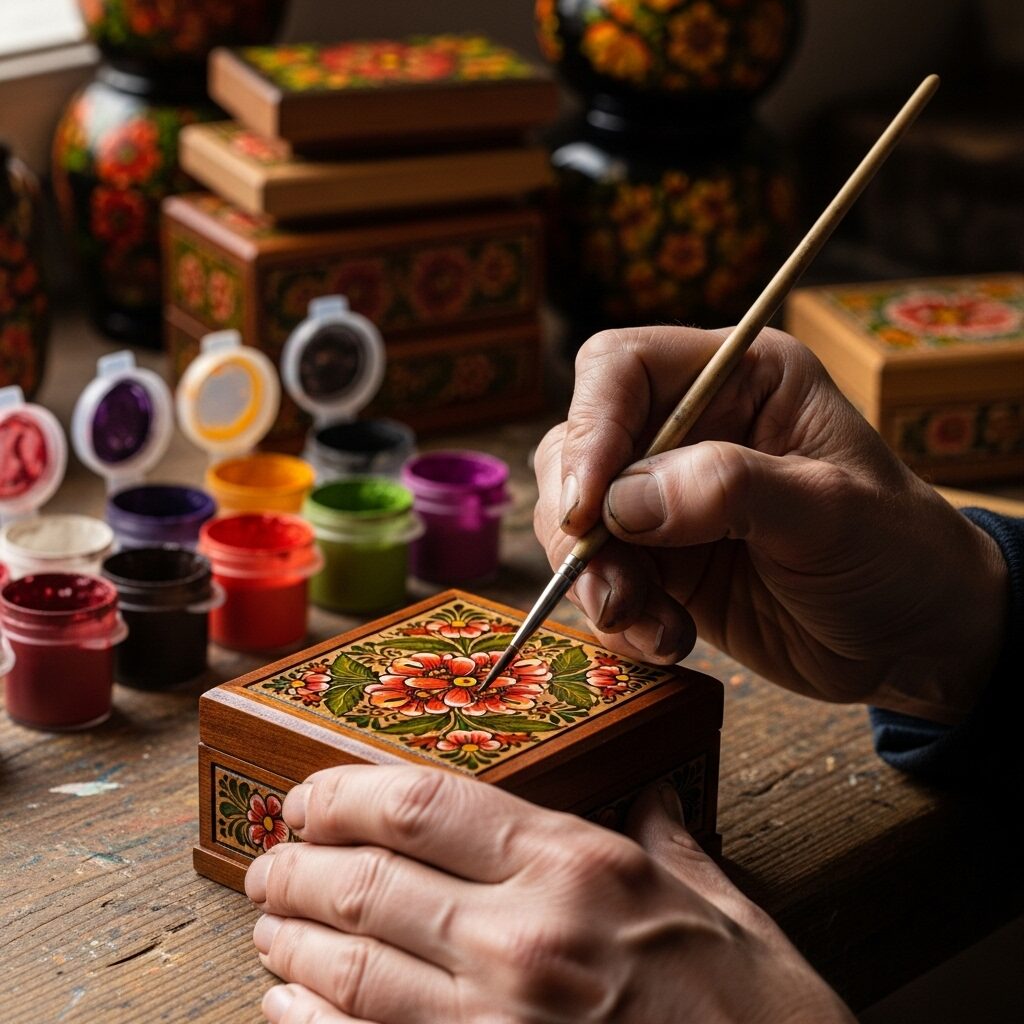
Imagine a time before art galleries and online tutorials. How did people express their creativity? They decorated the things they used every day. A farmer might carve intricate patterns into a wooden spoon, or a mother might stitch a beautiful design onto her child’s blanket. This is the origin of folk art. It’s an art form born out of a desire to make the ordinary extraordinary.
One of the most beautiful things about folk art is that it isn’t concerned with the strict rules of academic art. Folk artists don’t worry about perfect perspective or realistic proportions. Instead, they focus on color, pattern, and telling a story that is meaningful to them and their community. This gives folk art a unique charm and honesty that is hard to find in other art forms. If you’re interested in how different cultures express themselves through art, you might enjoy our post on cultural fusion in art.
“Folk art is the art of the anonymous, the art of the people, and it is the art of the heart.”
Alexander Girard
Core Features of Traditional Folk Art
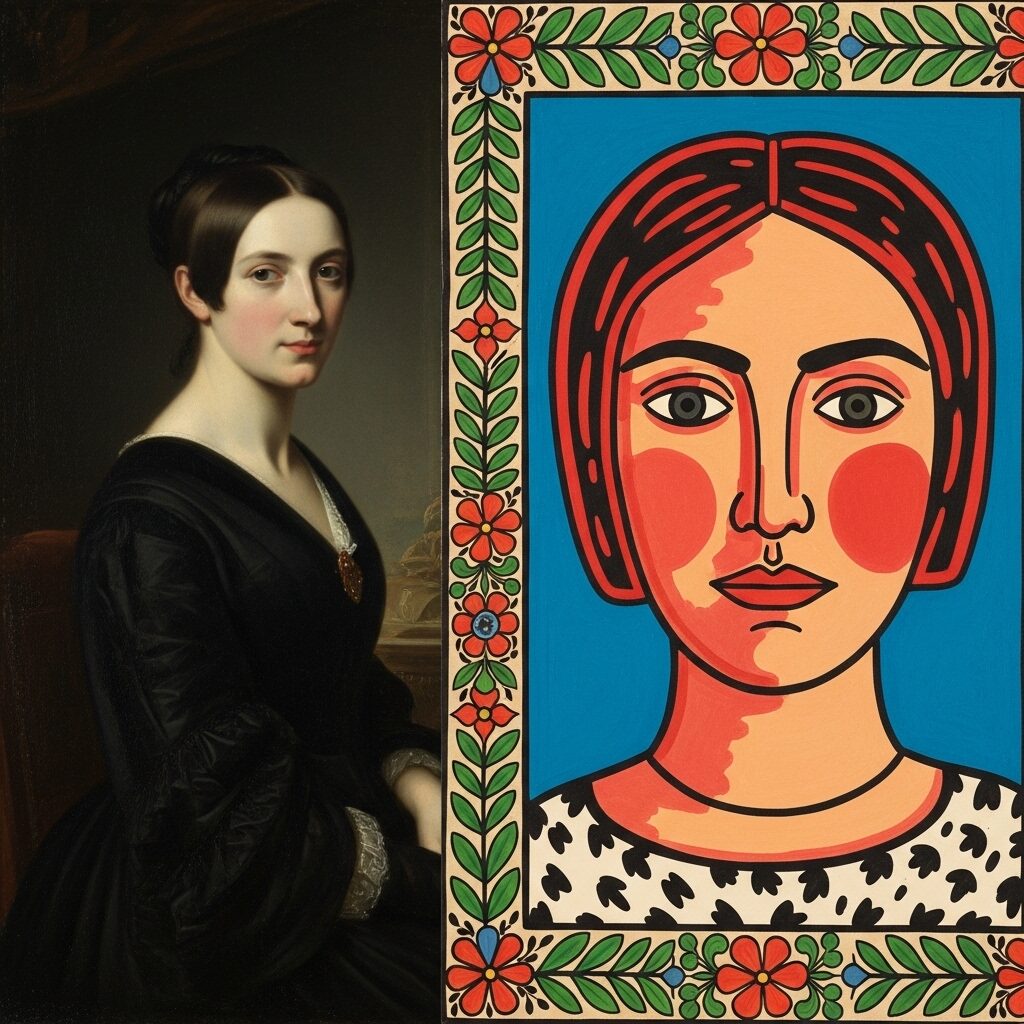
Handmade Craftsmanship: Every piece of folk art bears the unique marks of human hands. Traditional techniques passed down through generations create subtle variations that mass production cannot replicate. This handmade quality gives each artwork a personal touch and individual character.
Functional Purpose: Unlike decorative fine art, folk art often serves practical purposes. Pottery holds food and water, textiles provide warmth and clothing, and carved objects serve household functions. This utilitarian aspect makes folk art an integral part of daily life rather than mere decoration.
Community Connection: Folk art reflects the shared values, beliefs, and stories of specific communities. Whether depicting local celebrations, religious ceremonies, or daily activities, these artworks strengthen cultural bonds and preserve collective memory.
Naive Artistic Style: The term “naive” in folk art context celebrates untrained spontaneity rather than implying deficiency. Self-taught artists develop distinctive styles free from formal artistic conventions, often resulting in charming directness and emotional authenticity.
Narrative Storytelling: Every folk art piece tells a story, whether through symbolic imagery, decorative patterns, or subject matter. These visual narratives preserve cultural histories, moral lessons, and community experiences for future generations.
For artists seeking to develop their own authentic style, our guide on how to find your painting style offers valuable insights into personal artistic development.
A World of Folk Art
Folk art is a global phenomenon, with each culture having its own unique traditions. Here’s a look at some of the different types of folk art you might encounter:
| Type of Folk Art | Description | Examples |
| Painting | Often characterized by bright colors and flat perspectives. | American primitive painting, Mexican retablos |
| Sculpture | Typically carved from wood or other natural materials. | Scandinavian wood carving, African tribal masks |
| Textiles | Includes quilting, weaving, and embroidery. | Amish quilts, Navajo rugs, Ukrainian vyshyvanka |
| Pottery | Handmade and often decorated with traditional patterns. | Pueblo pottery, Korean onggi |
| Metalwork | Can be both decorative and functional. | Mexican tin art, Pennsylvania Dutch tinware |
These are just a few examples, of course. The world of folk art is as vast and varied as the many cultures that create it. For those who appreciate the beauty in everyday objects, our article on the timeless allure of still life painting might also be of interest.
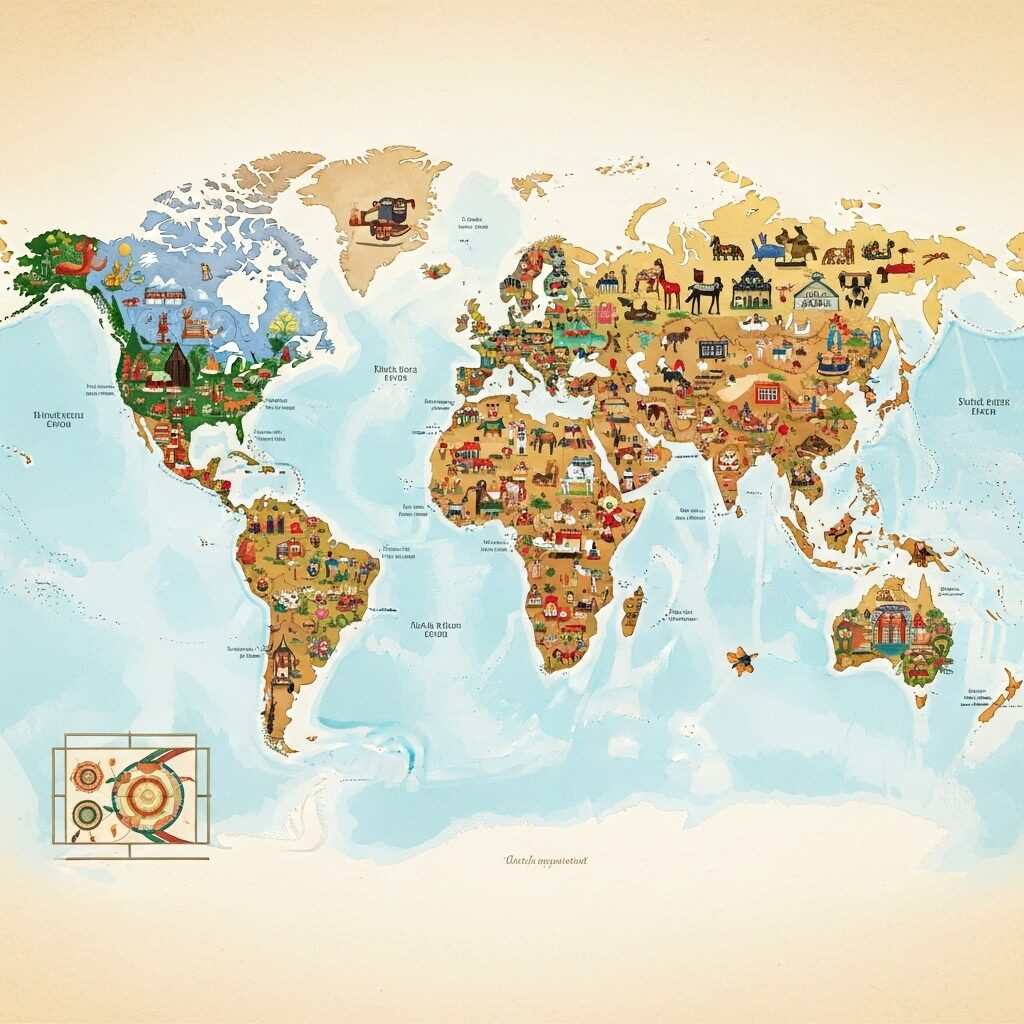
| Country | Folk Art Tradition | Notes |
|---|---|---|
| USA | Amish Quilts | Primarily from Pennsylvania Dutch communities |
| USA | Pueblo Pottery | Southwestern U.S., especially New Mexico |
| Mexico | Tin Art | Often associated with Mexican folk altars |
| Peru | Retablos | Painted wooden boxes with religious scenes |
| Sweden | Dala Horses | Swedish symbol often crafted in Nusnäs |
| Ukraine | Pysanky | Traditional wax-resist dyed Easter eggs |
| Turkey | Iznik Pottery | Iconic ceramic art from the Ottoman era |
| India | Madhubani Painting | Originates in Bihar, India |
| Indonesia | Wayang Puppetry | Traditional Javanese shadow puppets |
| Australia | Aboriginal Art | Dot paintings, bark art, and rock engravings |
| Ghana / Nigeria | Tribal Masks | West African regions famous for ceremonial masks |
The Enduring Appeal of Folk Art
In our increasingly digital world, folk art provides a tangible connection to handmade authenticity and cultural roots. Folk art has inspired many of the market’s most celebrated post-modern and contemporary artists such as Kara Walker, Jean-Michel Basquiat and Chris Ofili, demonstrating its continued influence on contemporary artistic expression.
Modern folk artists adapt traditional techniques to address current social issues while preserving cultural practices. Social media platforms help folk artists reach global audiences, creating new markets for traditional crafts and inspiring cross-cultural artistic exchanges.
The slow living movement and maker culture have renewed interest in folk art traditions. People seek meaningful alternatives to mass-produced goods, valuing the time, skill, and cultural knowledge embedded in handmade objects. This trend supports traditional artisans while introducing younger generations to ancestral crafts.
Contemporary museums and galleries increasingly recognize folk art’s artistic merit, moving beyond ethnographic display to celebrate these works as sophisticated artistic expressions. This institutional recognition helps preserve traditional techniques while validating folk artists’ contributions to cultural heritage.
So, the next time you visit a local craft fair or a small-town museum, keep your eyes peeled for folk art. You might just discover a hidden gem that tells a beautiful story. And who knows, you might even be inspired to create some folk art of your own. After all, you don’t need to be a famous artist to make something beautiful. You just need a story to tell and a desire to create. If you’re looking to start your own artistic journey, our guide on how to find your painting style can be a great starting point. And for those who believe in the healing power of creating, our post on art for well-being is a must-read. If you’re interested in a more structured approach to art, you might find our articles on the golden ratio in art or the rule of thirds in watercolor painting helpful.
Watch: A Deeper Dive into American Folk Art
FAQs about Folk Art
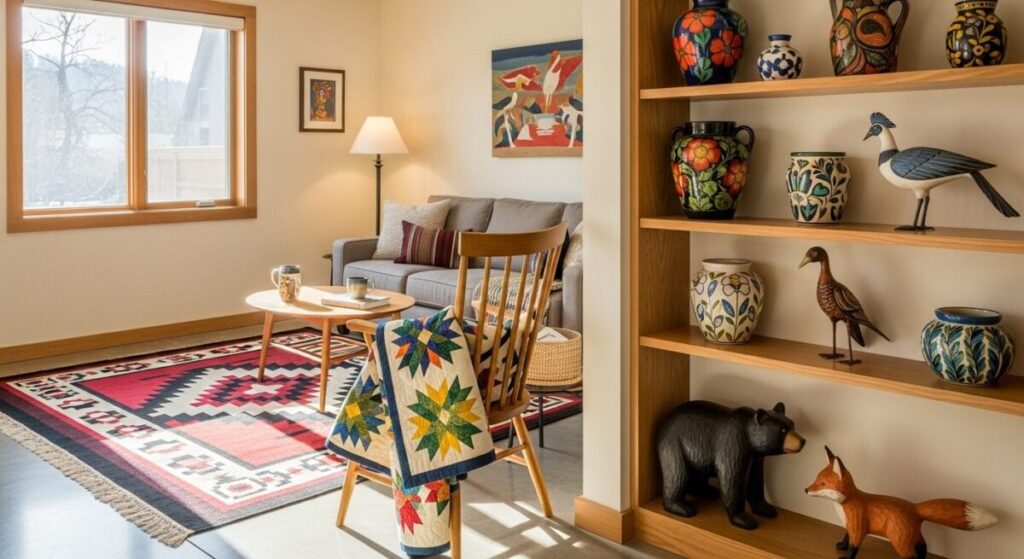
What is the difference between folk art and fine art?
The main difference lies in the training of the artist and the purpose of the art. Fine art is typically created by professionally trained artists and is displayed in galleries and museums. Folk art is made by self-taught artists and is often part of a community’s cultural traditions.
Is folk art still made today?
Absolutely! Folk art is a living tradition that continues to evolve. Contemporary folk artists use both traditional and modern techniques to create works that reflect their lives and communities today.
How can I learn to make folk art?
The best way to learn is to connect with your own cultural heritage or find a local community of artisans. Many community centers and craft schools offer workshops in traditional arts like pottery, weaving, and wood carving.
Is folk art valuable?
While some folk art can be quite valuable, especially antique pieces, its true worth lies in its cultural and historical significance. It’s a tangible link to the past and a celebration of human creativity.
Citations:
Wikipedia contributors. (2024, July 22). Folk art. In Wikipedia, The Free Encyclopedia. Retrieved August 1, 2024.
Tate. (2014). Brilliant imperfections: British Folk Art. Tate Etc. Issue 31. Retrieved August 1, 2024.
Britannica, The Editors of Encyclopaedia. (1999, July 26). folk art. In Encyclopædia Britannica. Retrieved August 1, 2024.
My Modern Met. (2021, March 5). What is Folk Art? Discover the Enduring Appeal of This Utilitarian-Meets-Decorative Craft. Retrieved August 1, 2024.
Art & Object. (n.d.). What is Folk Art?. Retrieved August 1, 2024.

